-
Fish Passage
Understanding and supporting the migration of fish through New Zealand's freshwater habitats. -
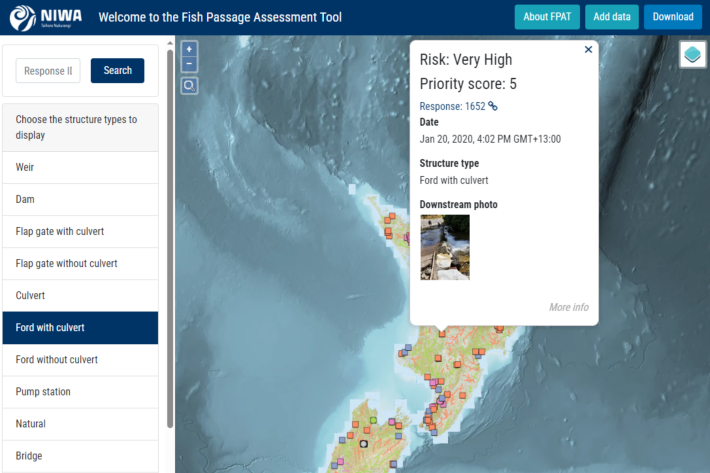
Fish Passage Assessment Tool
Software Tool/ResourceAn easy-to-use system for recording instream structures and assessing their likely impact on fish movements and river connectivity. -
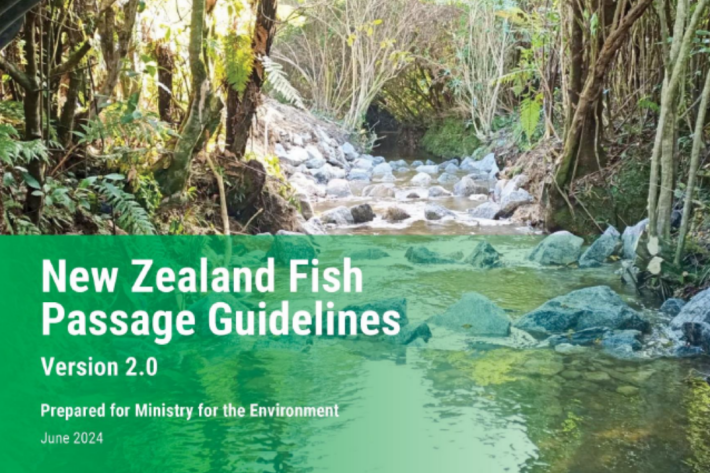
New Zealand Fish Passage Guidelines
Recommended standards for the design and restoration of instream infrastructure to provide for fish passage -
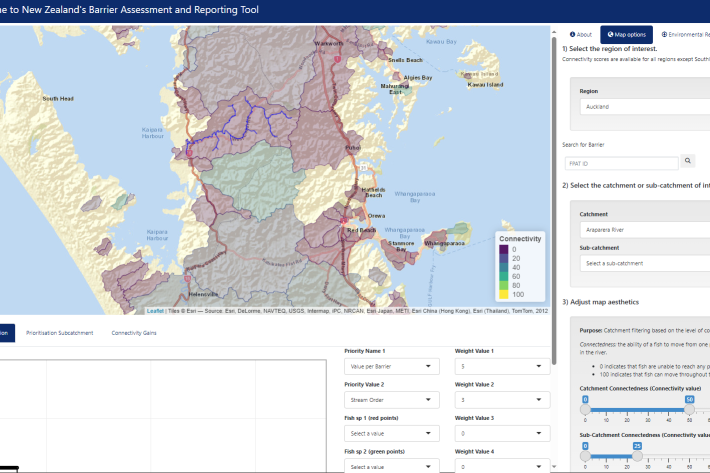
Fish Passage Barrier Assessment Reporting Tool (BART)
Software Tool/ResourceAn interactive webtool to support barrier prioritisation and fish passage environmental reporting. -

Guidelines for monitoring fish passage success
A manual detailing evidence-based methods suitable for evaluating the effectiveness of fish passage solutions. -
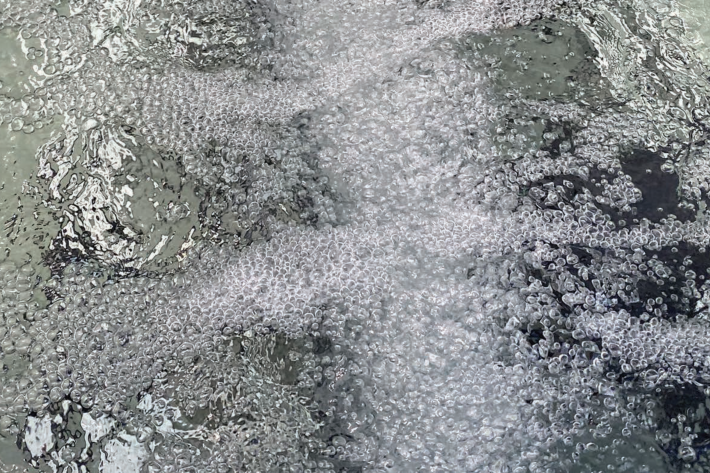
The Bio-Acoustic Fish Fence
Research ProjectInvestigating the effectiveness of an acoustic bubble-screen in minimising the movement of pest fish -
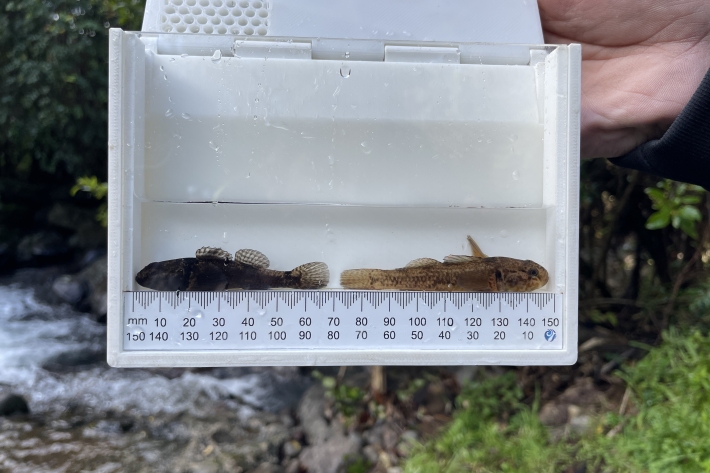
A 3D Printer is helping save New Zealand’s endangered native fish
Media release14 November 2023A 3D Printer is helping save New Zealand’s endangered native fish -
NZ Freshwater Fish Database
Software Tool/ResourceThe New Zealand Freshwater Fish Database (NZFFD) contains over 50,000 freshwater fish observations from across New Zealand from 1901 to the present. -
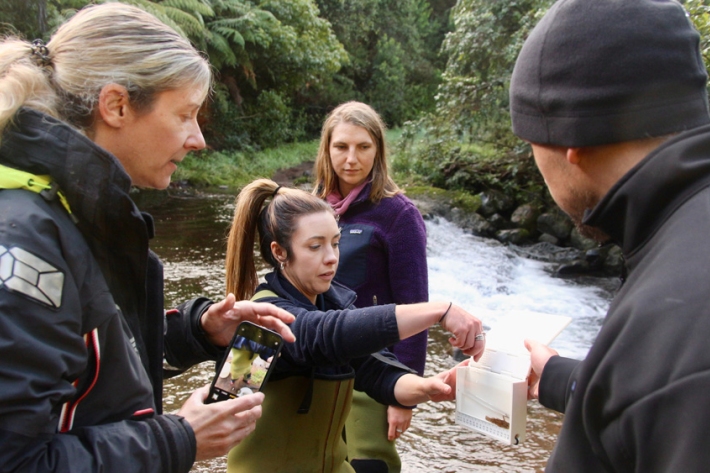
NIWA’s freshwater ecologists helping regional councils remove the barriers to fish migration
News article21 June 2023About 76 per cent of indigenous freshwater fish species, that’s 39 out of 54, are threatened with extinction or at risk of becoming threatened. -
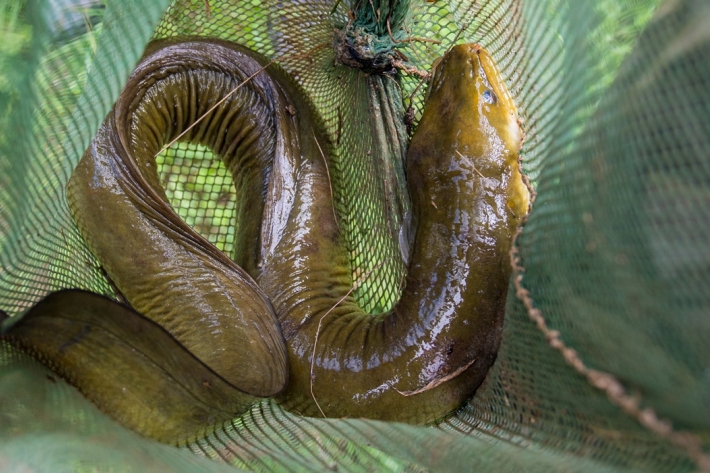
Cultural Keystone Species
Freshwater Cultural Keystone (Taonga) Species such as tuna, kōura and kāeo/kākahi are central to the identity and wellbeing of many Māori communities throughout Āotearoa. For generations, these species have sustained communities and been vital in the transfer of customary practices and knowledge from one generation to the next. -

Half of NZ’s rivers blocked for migratory fish
Media release25 January 2023Nearly half of New Zealand’s river network is partially or fully inaccessible to migratory fish, a new study shows. -
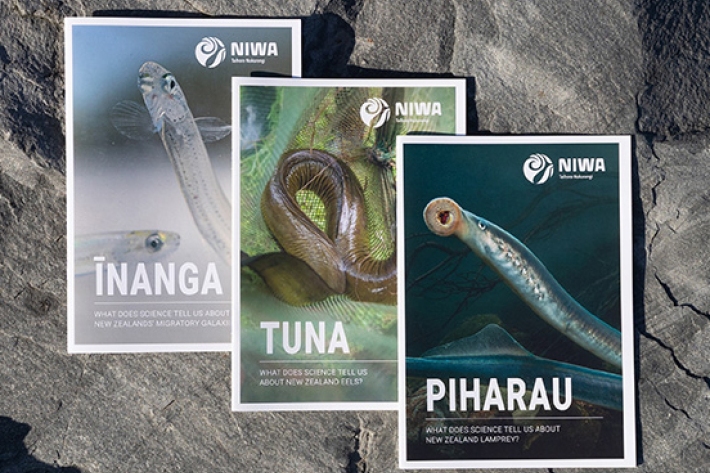
CKS2020 - Communicating state and trends
New ways to communicate the state and trends of taonga populations.
